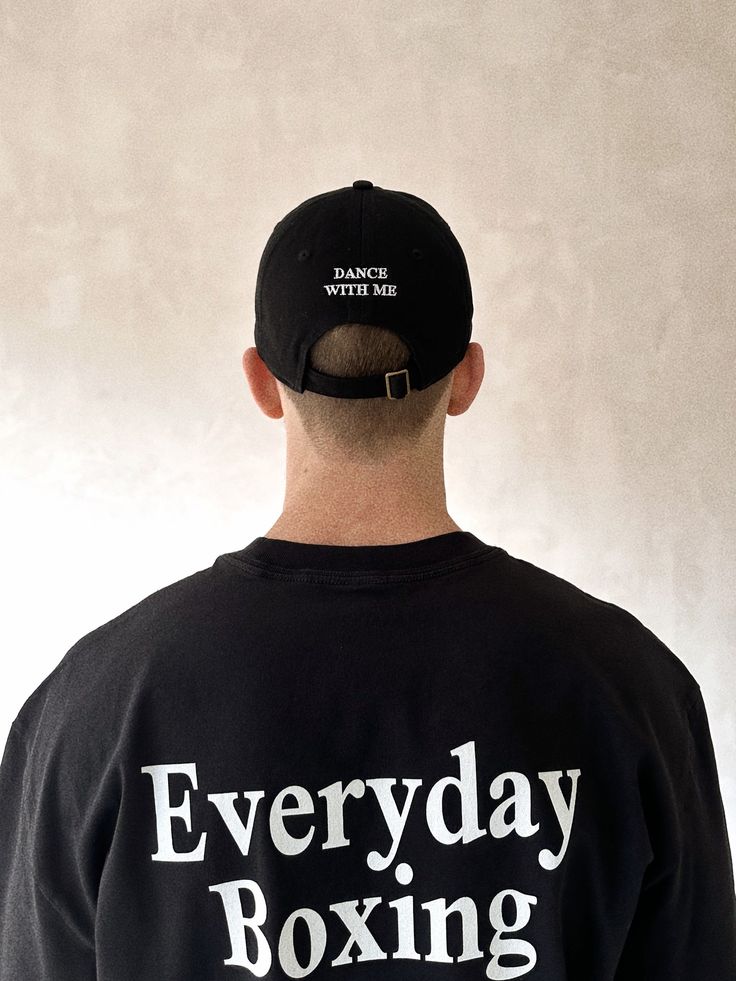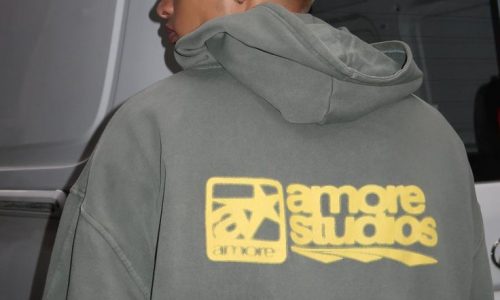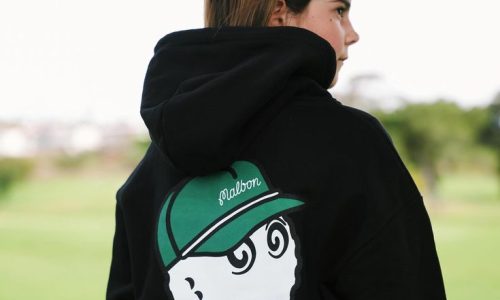
Style Shift: What’s Defining Fashion Trends This Year
Introduction
Fashion in 2025 has transcended seasonal fads and fleeting aesthetics, giving rise to a deeper, more reflective form of self-expression. The traditional cycle of fashion has undergone a radical transformation, embracing sustainability, technological advancement, cultural inclusivity, and personal narrative as the driving forces behind what defines style today. This style shift reflects not only what people are wearing but also how and why they wear it, marking a clear departure from conventional trend-following and ushering in a new era of thoughtful, purpose-driven fashion. From eco-conscious choices to AI-assisted personalization, the fashion landscape in 2025 is a mirror of societal evolution. This comprehensive exploration delves into the elements currently shaping global fashion behavior and what they signify for the future of individual and collective style.
Sustainable Fashion as the New Standard
Sustainability is no longer a niche ideology—it’s the heartbeat of contemporary fashion. Brands across the globe have recalibrated their operations to prioritize ethical sourcing, biodegradable fabrics, and carbon-neutral supply chains. Consumers are increasingly aware of the environmental impact of their wardrobes, leading to a rise in demand for transparency, eco-labeling, and slow-fashion alternatives. Upcycled garments, secondhand shopping platforms, and regenerative textile innovations are reshaping purchasing behavior. Instead of chasing quantity, fashion enthusiasts are investing in quality staples that are built to endure and tell a story. Biodegradable packaging, circular production models, and garment recycling programs are becoming industry norms. This evolution has fundamentally redefined what it means to be fashionable, as awareness and responsibility now walk hand in hand with style.
Technology Integration in Wardrobe Evolution
Technology’s impact on fashion has reached an unprecedented scale in 2025. From digital clothing worn in the metaverse to smart textiles that respond to environmental conditions, fashion is becoming as functional as it is aesthetic. Virtual try-ons using augmented reality have revolutionized the online shopping experience, eliminating guesswork and reducing returns. Artificial intelligence is aiding designers by predicting future trend directions based on real-time data analytics. 3D printing is facilitating customizable, on-demand garments, thereby reducing waste and lead times. Wearable tech, including health-monitoring garments and solar-powered jackets, is redefining how fashion interacts with daily life. This seamless fusion of tech and textile represents the convergence of innovation and creativity, reshaping how individuals relate to their wardrobes.
Cultural Fusion as a Cornerstone of Expression
Globalization and social media have contributed to a rich tapestry of cultural exchange, allowing fashion to become a vehicle for cross-cultural storytelling. Designers are drawing inspiration from their heritage while reinterpreting traditional motifs through modern lenses. The result is a melting pot of visual narratives that celebrate diversity without appropriation. African prints, South Asian embroidery, and indigenous craftsmanship are finding platforms within mainstream collections, not as novelties but as essential elements of fashion’s vocabulary. Cultural inclusivity is guiding design processes, marketing strategies, and brand representation. This cultural dynamism affirms fashion as a global dialogue, where identity, heritage, and innovation coexist harmoniously.
Gender Fluidity and Body Inclusivity Reshape the Runway
Gone are the days when fashion conformed to rigid gender binaries and limited body ideals. In 2025, fashion is embracing fluidity, offering a spectrum of silhouettes that cater to all identities and shapes. Designers are abandoning traditional menswear and womenswear categories in favor of versatile garments that transcend gender norms. Runways now showcase a diverse array of body types, ethnicities, and age groups, reflecting the true demographics of society. Adaptive clothing for people with disabilities is gaining momentum, with functionality and dignity at the core of design. Retail spaces are also evolving to provide inclusive sizing and gender-neutral changing rooms. This progression toward inclusivity is not a trend—it’s a redefinition of what it means to be seen, valued, and celebrated in fashion.
Rise of the Digital-First Aesthetic
The digital world has not only influenced how we shop but also how we perceive style. Influencer culture, virtual fashion shows, and Instagrammable outfits have given rise to a new aesthetic that prioritizes visual impact. Garments designed specifically for digital platforms feature bold colors, exaggerated proportions, and avant-garde details that pop on screen. Fashion brands are investing in their virtual presence with digital avatars, gamified shopping experiences, and NFT-based exclusives. Meanwhile, consumers are curating online identities through style in ways that often differ from their physical wardrobes. This bifurcation of digital and physical fashion personas adds complexity to personal expression while expanding the boundaries of creativity.
Stay tuned for the full-length article as we continue expanding into emerging subtopics such as microtrend fragmentation, localism in style evolution, fashion’s response to geopolitical influences, the influence of neuroscience on color and silhouette, and more in the upcoming sections.


